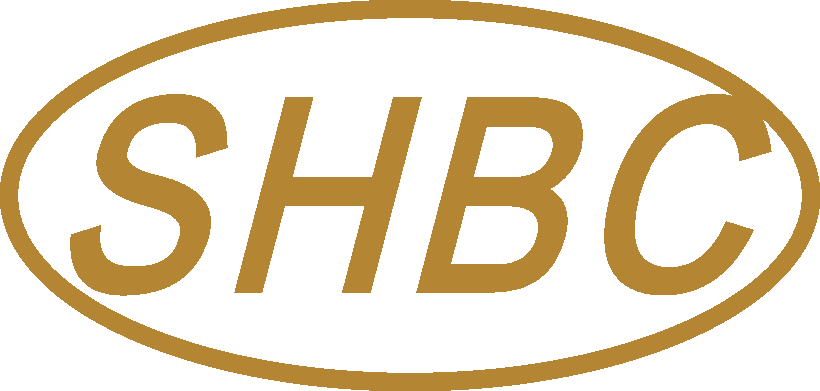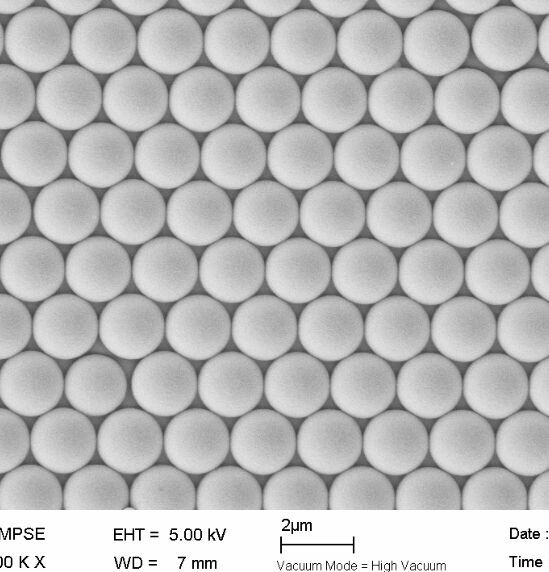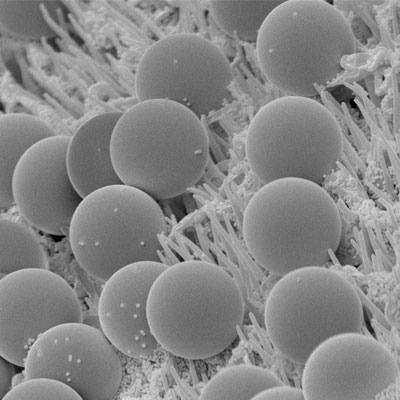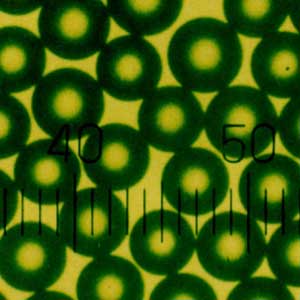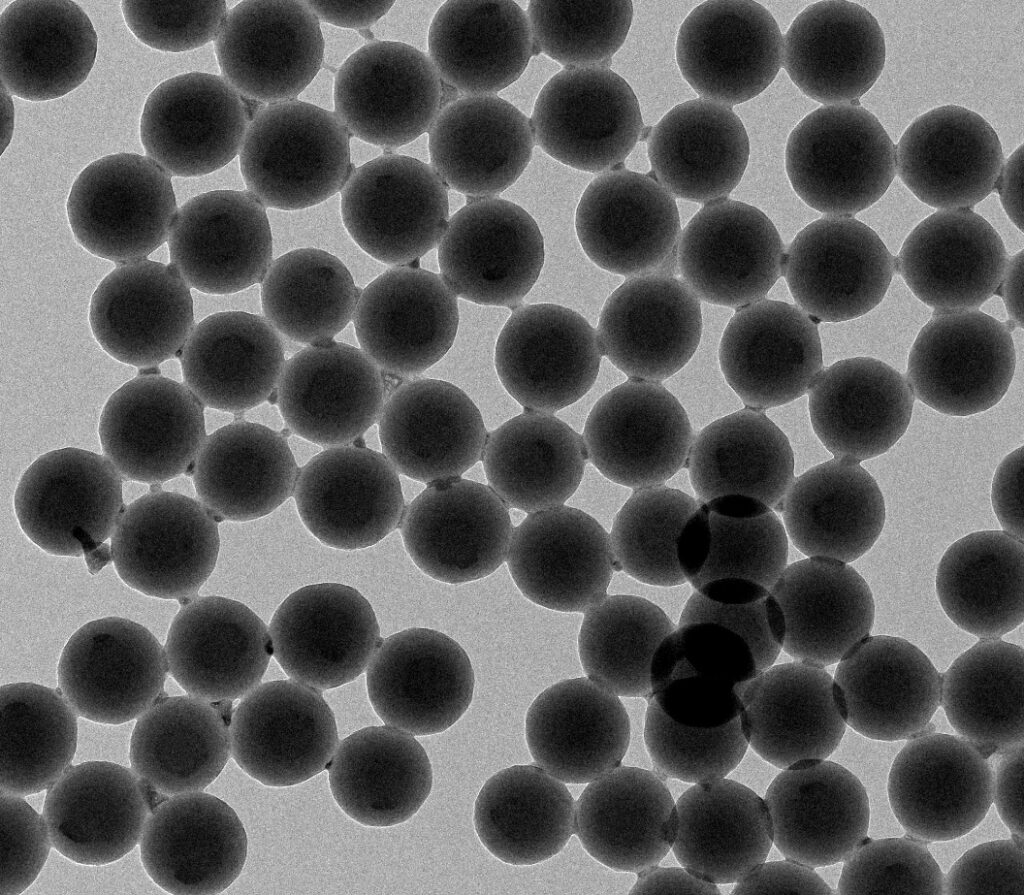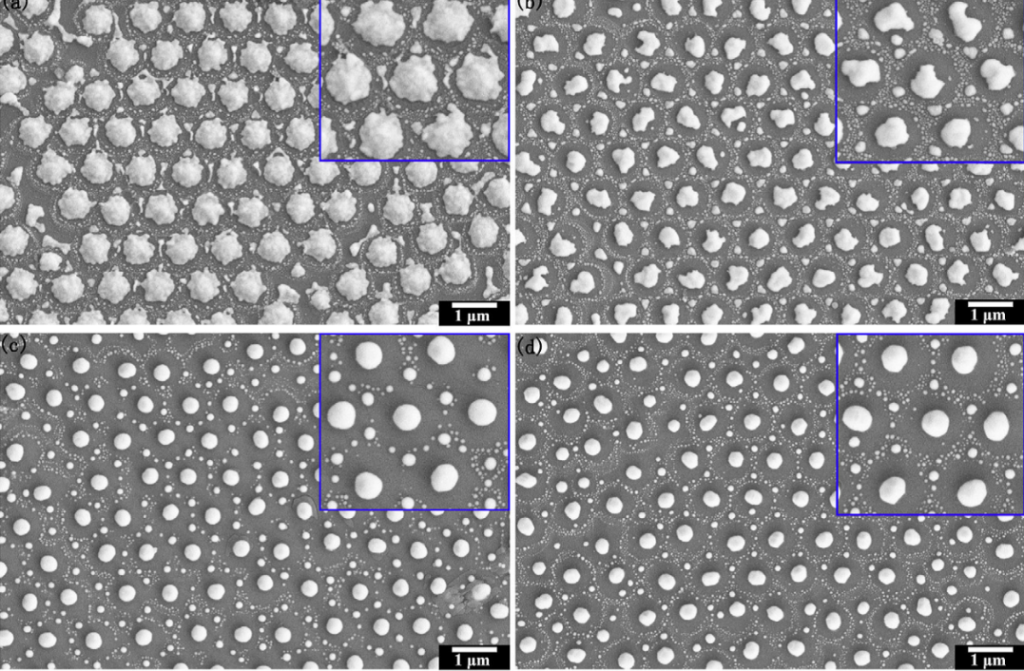The Application of Chemiluminescent Magnetic Beads
Introduction to Chemiluminescent Magnetic Beads Chemiluminescent magnetic beads are a type of sandwich structure magnetic beads that contain a porous polymer core, which is coated with special polymer materials to obtain specific surface properties. Magnetic materials are filled in the gaps between the two, which can enable the microspheres to achieve greater buoyancy and uniform […]
The Application of Chemiluminescent Magnetic Beads Read More »
